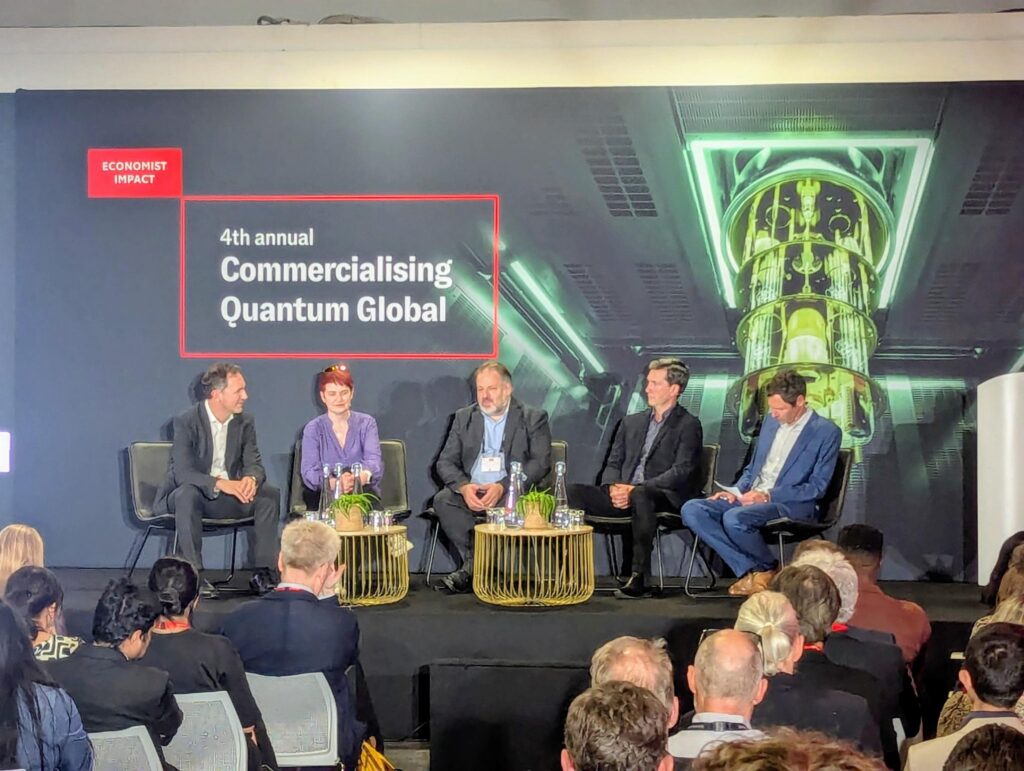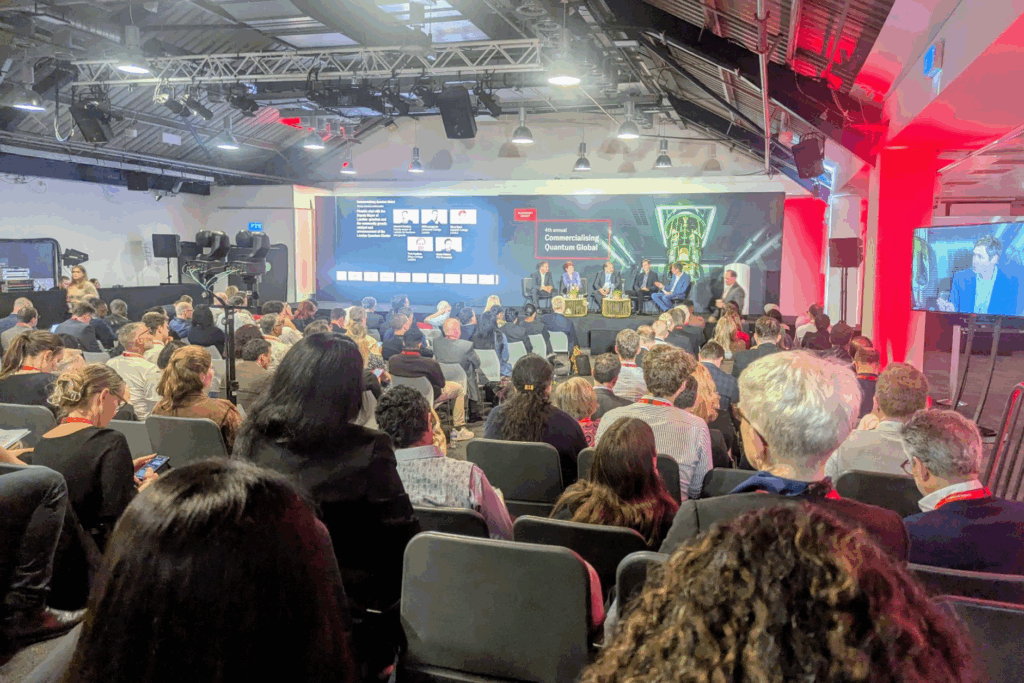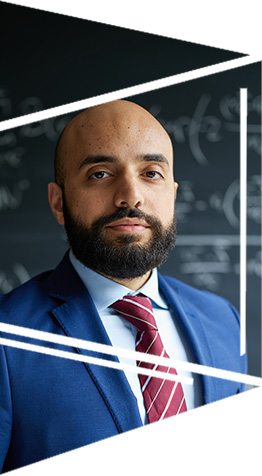Positioned as an event with a “unique emphasis on real-world quantum applications and measurable ROI,” Economist Impact’s 4th annual Commercialising Quantum Global made full use of its expanded two-day agenda to mark the UN International Year of Quantum.
Understanding what’s real, what’s coming, and what matters now means grounding quantum in real-world applications. At the event, we heard from enterprises at different stages of their quantum journey – cryptography was a key focus, alongside use cases from the pharmaceutical industry such as drug discovery and clinical trial optimisation. Key highlights include:
- The case for acting now on quantum-related security threats.
- Finding the value at the intersection of technologies – leveraging each for what it does best, from taking a layered approach to security to combining AI and quantum for the best outcomes.
- Why precise communication of quantum capabilities is key.
The case for acting now
One theme that came up on more than one occasion was the threat of Harvest Now, Decrypt Later (HNDL) attacks. Kraft Heinz‘s CISO, Ricardo LaFosse, captured it best: threat actors break into your environment, sit on your encrypted data, then use advancements in quantum computing to decrypt, profit and wreak mass havoc. His message was clear: “Don’t wait until 2030 to care.” LaFosse urged enterprises to start their path to migration now starting with a crypto inventory and determining where encryption keys can be lengthened.
Yet we also know that key length alone isn’t enough; cryptographic key strength also depends on the quality of the randomness (entropy) used to generate them. As highlighted in a whitepaper published by the Alliance for Telecommunications Industry Solutions (ATIS) with input from AT&T, titled ‘Implications of Entropy on Symmetric Key Encryption Resilience to Quantum’, even a 256-bit AES key can be vulnerable to quantum attacks like Grover’s if the randomness behind it isn’t high-quality.
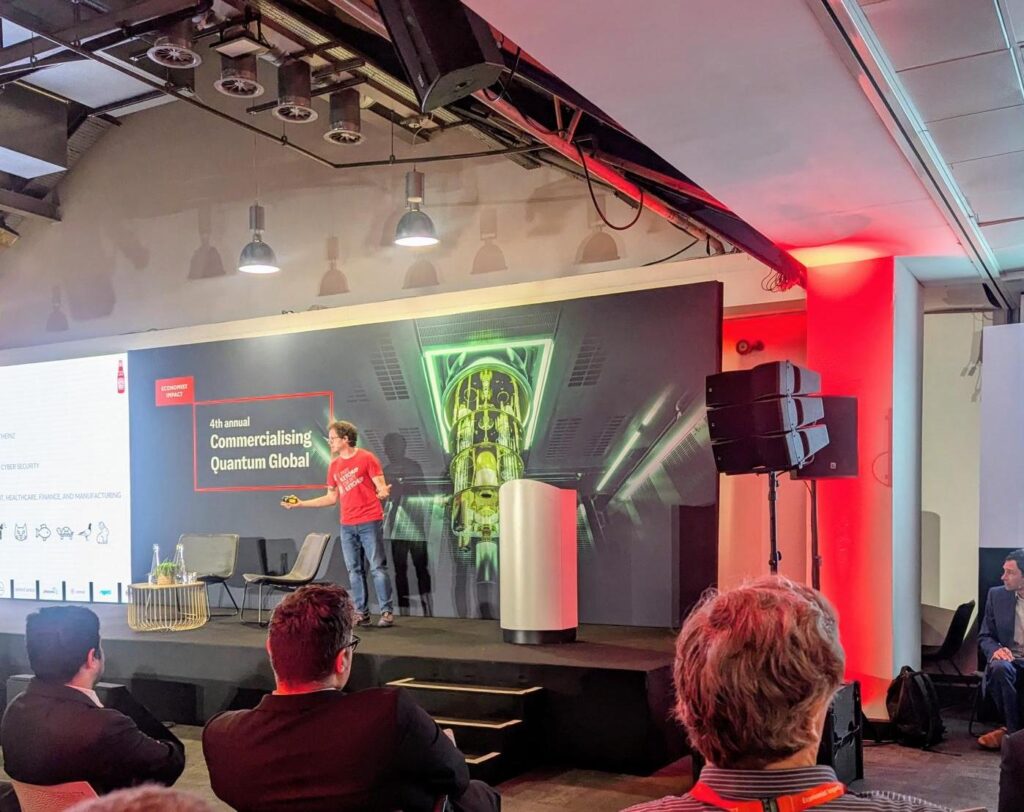
In a later talk, PQShield’s Chief Strategy Officer Ben Packman questioned the existence of ‘Q-Day’, the hypothetical date when quantum computers will be powerful enough to break current encryption, reminding the audience that “no one is going to issue a press release when they’ve broken cryptography. It’s just going to happen.” He went on to stress the importance of protecting critical national infrastructure today, again citing Harvest Now Decrypt Later.
Collaboration, not competition
With these threats come choices. Craig Farrell of EY explored when enterprises should use Post-Quantum Cryptography (PQC), Quantum Key Distribution (QKD), or both. His insights reaffirm the need for layered security, where technologies complement each other to deliver end-to-end resilience. Security, as noted by Kraft Heinz’s Ricardo LaFosse in his talk, “is a team sport”.
Outside of cryptography, the event also celebrated the practical applications of quantum in fields like drug discovery and optimisation. Lene Oddershede, Senior Vice-President, Natural and Technical Sciences at Novo Nordisk Foundation, touched on the AI vs quantum debate. She argued that pitting quantum and AI against one another is “an artificial way of looking at it”, adding that by nature of where we are with these technologies, linking them together is the most efficient way.
Avoiding a “quantum winter”
Oddershede also stressed the need for precision when talking about the commercial value of quantum technologies, warning that we should “work hard to separate the hype from the reality so people don’t lose faith in the capabilities of quantum technology, and we avoid a quantum winter”. Her point underscores a broader challenge: communicating the real-world benefits of quantum technologies more widely and with clarity.
Towards the end of the event, we saw an announcement of a new London Quantum Technology Cluster, which aims to help tackle that very challenge by creating proximity between the science and the commercial applications – making sure that science translates. Seeded with a £500,000 investment from the Mayor of London and bringing together UCL, Imperial College London and King’s College London with businesses, communities, government and investors, this initiative acknowledges quantum as a key technology for UK growth.
To end on a fitting quote from Whurley, CEO of Strangeworks: “People don’t buy what they don’t understand.” As the quantum ecosystem continues to grow, there’s a shared responsibility to build the understanding needed across industry and wider society to continue driving commercial adoption.
